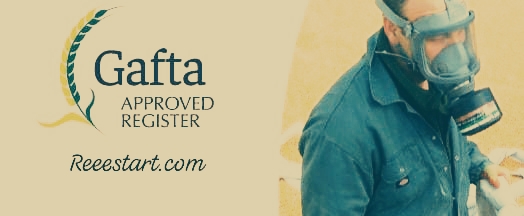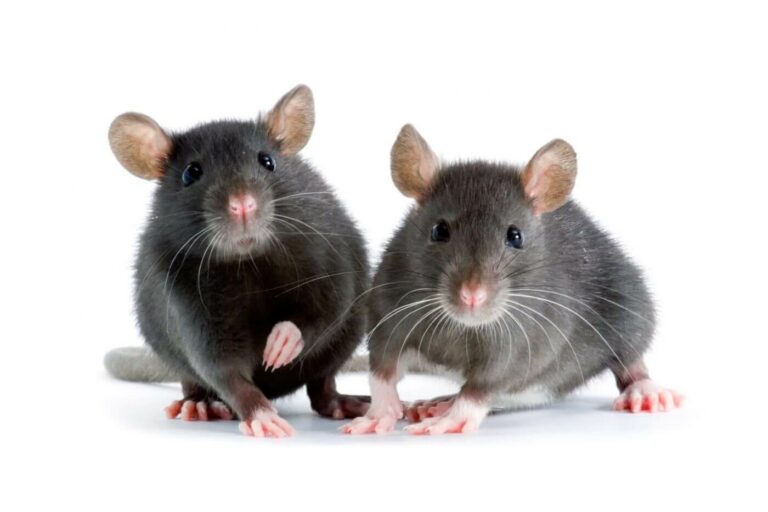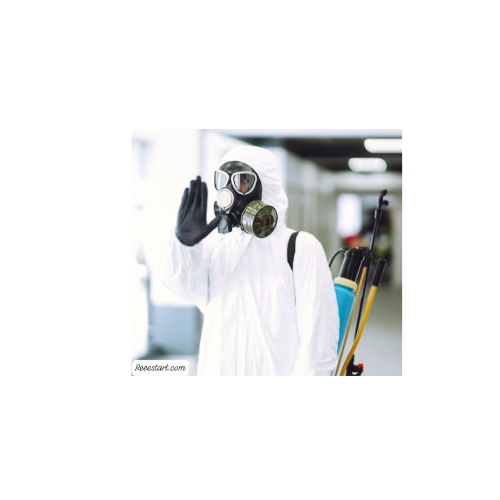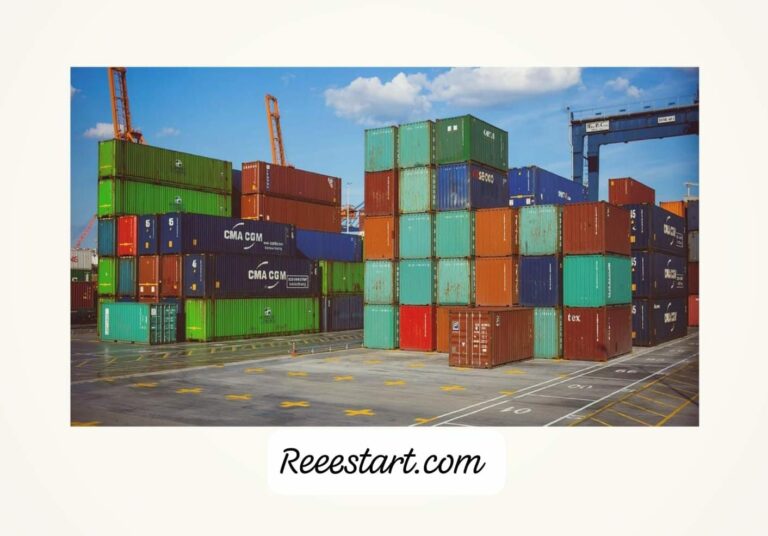In the world of international trade, the safe and effective transport of agricultural commodities is essential to protecting the global food supply. One of the most critical methods to ensure that goods are free from pests and diseases is fumigation. Specifically, the GAFTA Fumigation Standards have become an industry benchmark, outlining the best practices for treating grain, oilseeds, feed products, and other agricultural commodities to prevent pest contamination.
Guide to GAFTA Fumigation Standards
In this article, we’ll explore the GAFTA fumigation standards, why they are so important, and the key steps involved to ensure compliance with international trade regulations.
What Are GAFTA Fumigation Standards?
The Grain and Feed Trade Association (GAFTA) has set out comprehensive fumigation standards that are crucial for commodities like grains, oilseeds, and other agricultural products. These standards are designed to ensure that fumigation practices meet the international phytosanitary requirements and that goods being transported between countries are free from harmful pests and diseases.
These standards primarily focus on:
- Fumigant Selection: Ensuring only approved and effective fumigants are used.
- Proper Environmental Control: Maintaining the correct temperature and humidity during fumigation.
- Monitoring and Verification: Ensuring fumigant concentrations are properly measured, recorded, and maintained.
- Post-Treatment Measures: Ensuring that the commodity is safe to handle and free from residual fumigants.
- Documentation and Auditing: Accurate records to ensure transparency and accountability in fumigation practices.

Key Elements of GAFTA Fumigation Standards
- Fumigant Selection
Choosing the right fumigant is crucial for pest control. It must be effective against the target pests without leaving harmful residues that could affect the commodity or violate international trade regulations. Only approved chemicals should be used, and these should be selected based on the specific pest control needs for each commodity.
- Environmental Control: Temperature and Humidity
Both temperature and humidity have a significant impact on fumigation efficacy. Proper environmental conditions are necessary to ensure that the fumigant works effectively. For instance, lower temperatures may reduce the respiration rate of pests, requiring a higher dose of fumigant or longer exposure times.
To monitor the temperature, humidity, and fumigant concentration, calibrated instruments must be used throughout the fumigation process. These instruments are essential to ensure compliance with the fumigation treatment schedule.
- Monitoring Gas Concentration
The fumigant concentration within the fumigation enclosure must be continuously monitored to ensure it remains at the required levels. This is crucial for ensuring that the treatment is effective. Monitoring equipment, such as gas detectors and sampling lines, must be properly placed in the enclosure, away from any source of fumigant leakage.
Fumigant concentration should be measured frequently during the fumigation process, with records being maintained for traceability. If any irregularities are observed, corrective actions must be taken immediately.
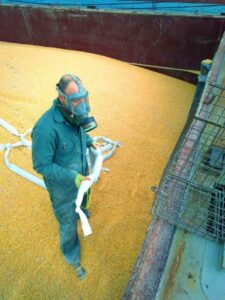
Post-Treatment Procedures
After fumigation is complete, proper ventilation is required to ensure that any residual fumigant is removed from the treated commodity and the enclosure. This step is vital to ensure the safety of workers handling the goods and to prevent contamination.
In addition, commodities should be carefully packaged and labeled to prevent re-infestation. Packaging materials should not impede the penetration of the fumigant during treatment, and any materials that block fumigant flow must be removed or punctured.
Documentation and Record-Keeping
Accurate documentation and record-keeping are integral parts of GAFTA’s fumigation standards. All fumigation activities, including fumigant used, exposure times, and fumigant concentrations, must be recorded. This ensures transparency, accountability, and the ability to trace back any issues with fumigation treatments.
Records should be kept for a minimum of one year to ensure traceability and compliance with phytosanitary requirements. Documentation should also be made available for auditing purposes to verify that the fumigation process meets all applicable regulations.
Compliance with International Phytosanitary Regulations
Fumigation standards also ensure that all goods comply with international phytosanitary regulations. These regulations aim to prevent the spread of plant pests and diseases across borders. Fumigation is one of the most widely used methods of pest control during the transport of goods.
By adhering to GAFTA’s fumigation standards, traders and exporters can ensure that their goods are safe for international markets, preventing potential contamination and rejection of shipments by importing countries. This also promotes greater trust and security in international trade relationships.
Why GAFTA Fumigation Standards Matter
- Global Trade Compliance: The GAFTA fumigation standards ensure that fumigation treatments meet the stringent requirements of international phytosanitary regulations, ensuring smooth and safe cross-border trade.
- Protection of Global Food Supply: Fumigation helps prevent the spread of pests and diseases that could potentially harm crops, livestock, and ecosystems.
- Safe Handling: Proper fumigation ensures that goods are safe for handling and consumption, mitigating health risks for workers and consumers.
- Traceability: Documentation ensures that any fumigation issues can be traced back and addressed, fostering greater transparency in the trade of agricultural commodities.
Final Thoughts
The GAFTA Fumigation Standard provides critical guidelines to ensure that fumigation practices are carried out in a safe, effective, and compliant manner. These standards not only help protect agricultural commodities from pests and diseases but also promote safe international trade. By understanding and adhering to these standards, stakeholders can safeguard both their goods and their relationships with international trade partners.
- GAFTA Official Website – www.gafta.com
- ISPM 15: International Standards for Phytosanitary Measures – FAO ISPM 15 Document
- IPPC (International Plant Protection Convention) – www.ippc.int
- National Plant Protection Organizations (NPPO) – FAO NPPO Information
- International Maritime Organization (IMO) – www.imo.org
By following the GAFTA standards, businesses can ensure that their fumigation processes are reliable, transparent, and meet international requirements, safeguarding the integrity of global trade.

